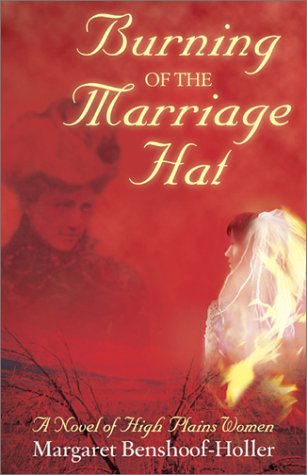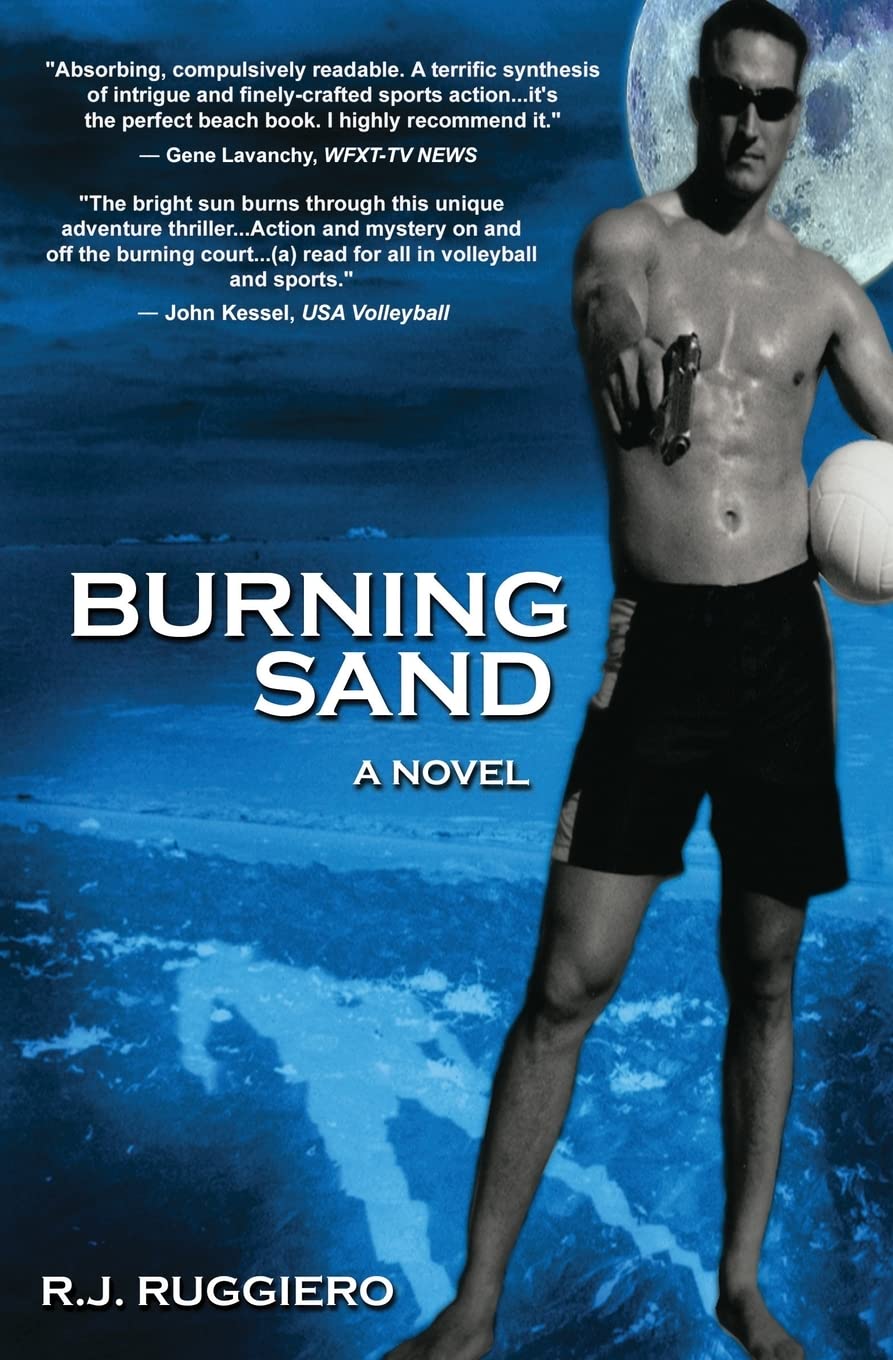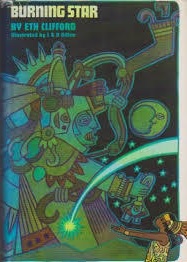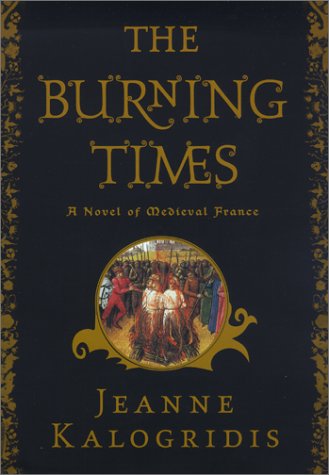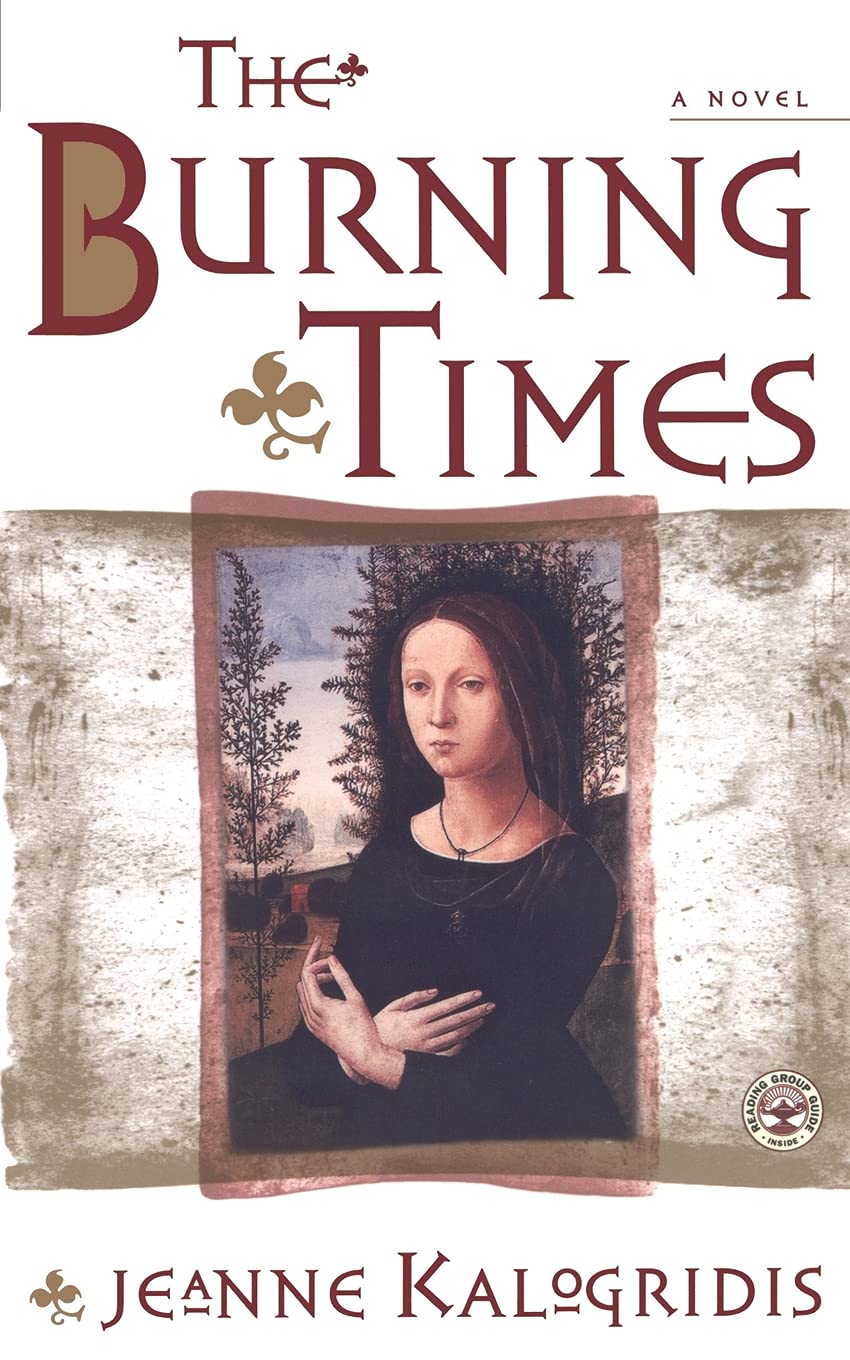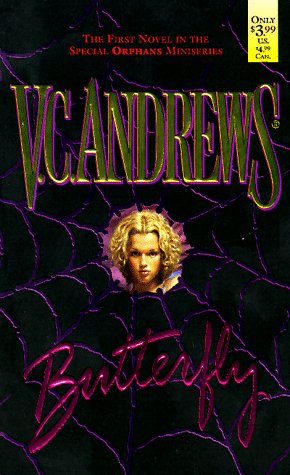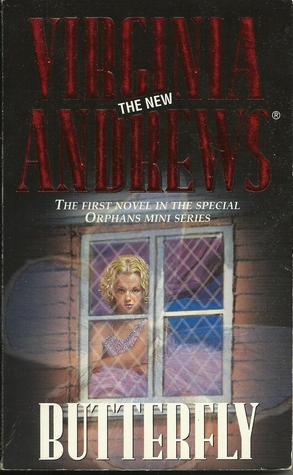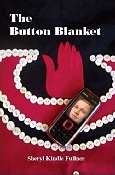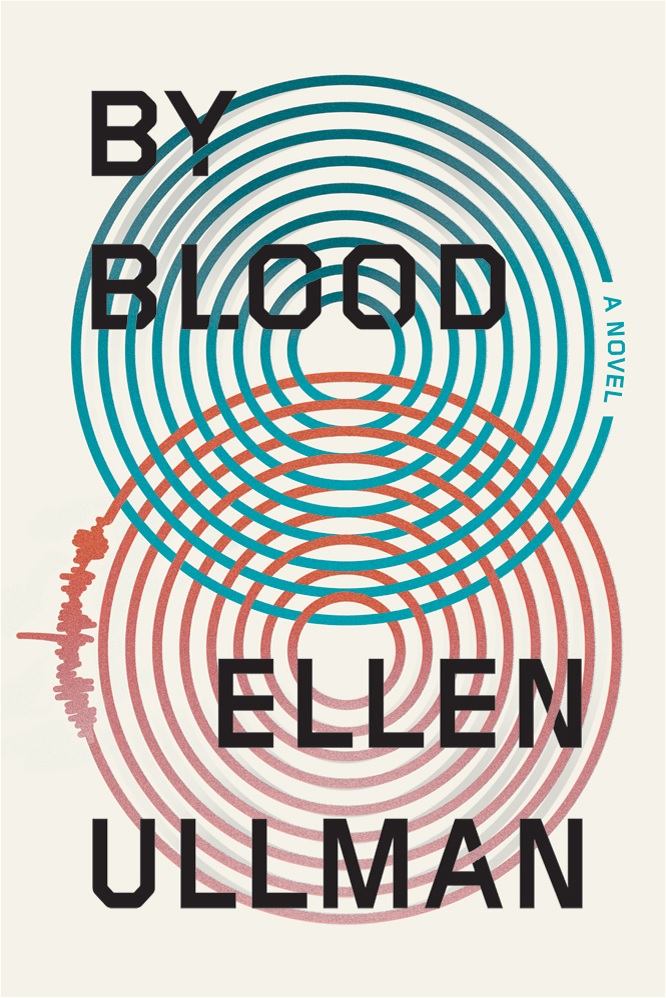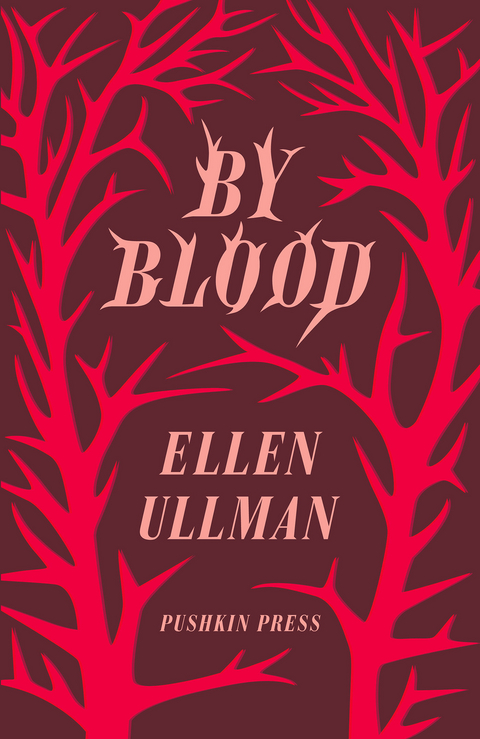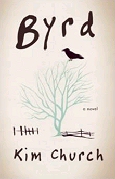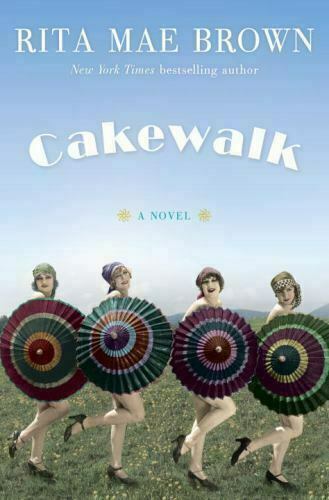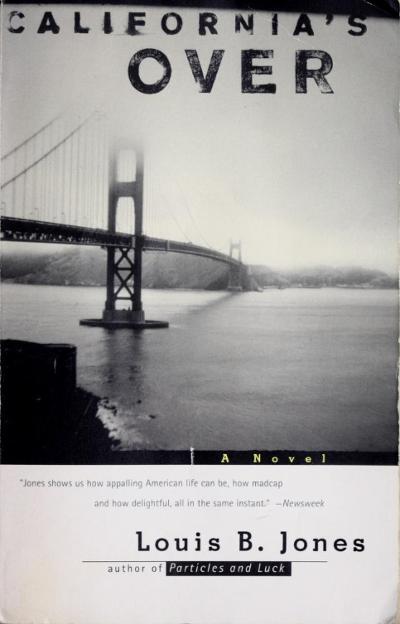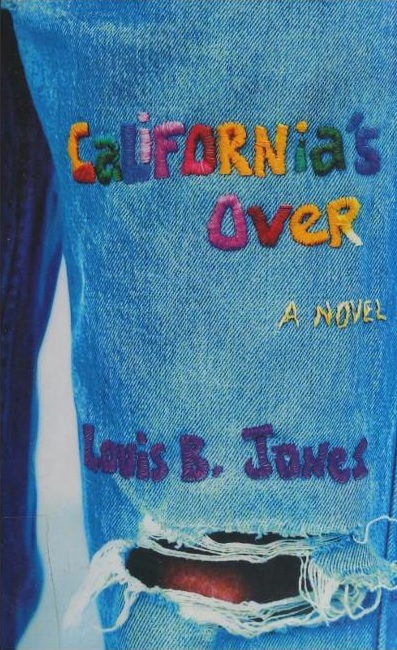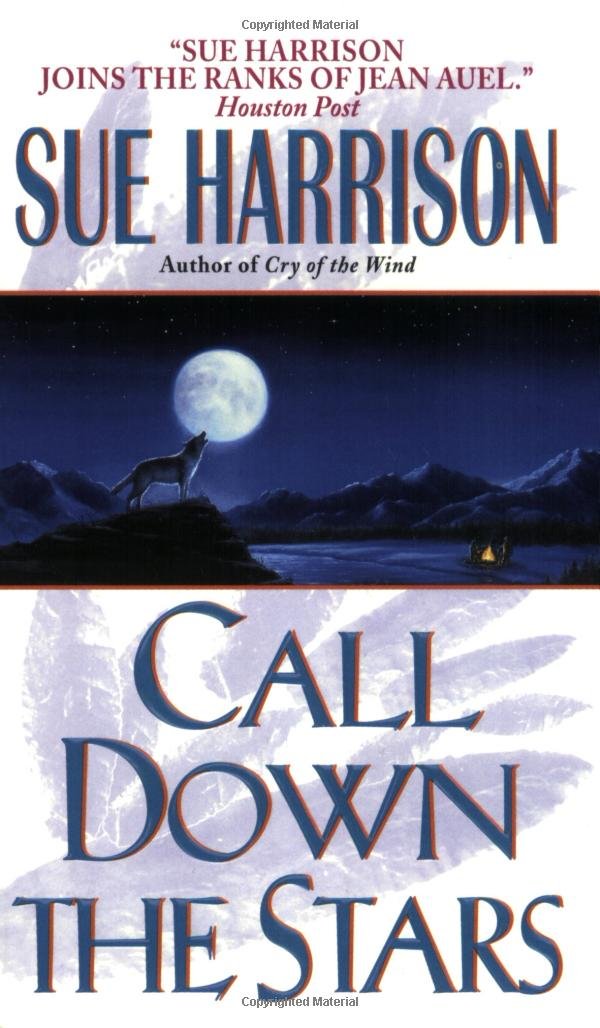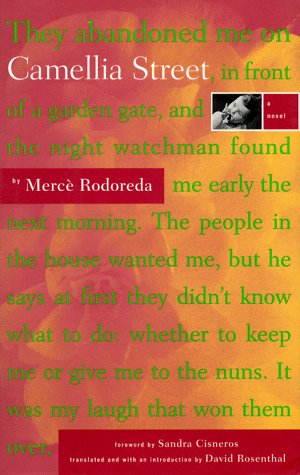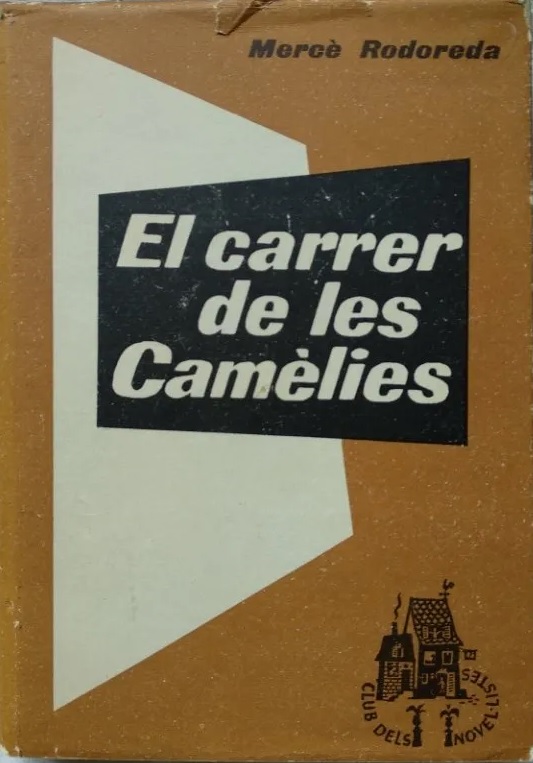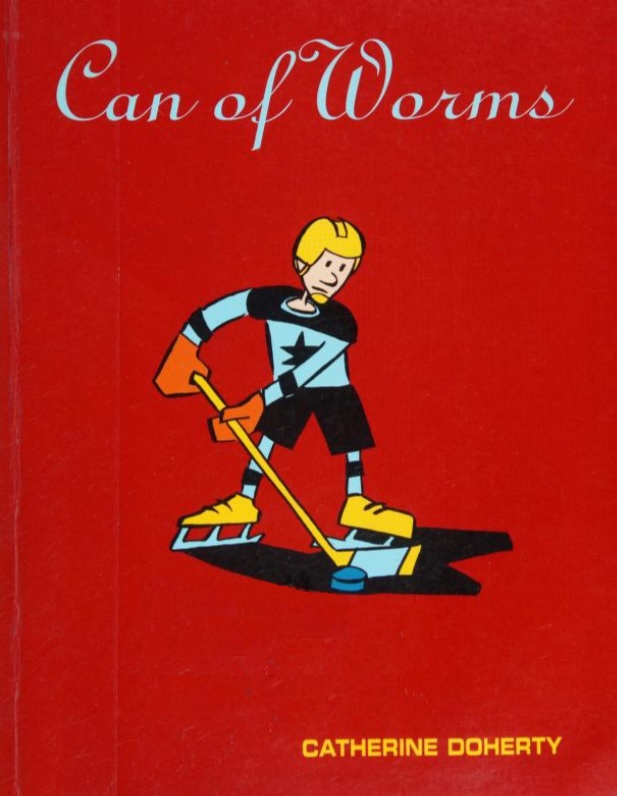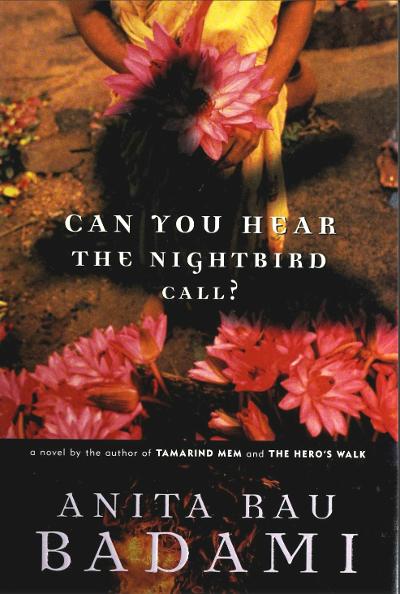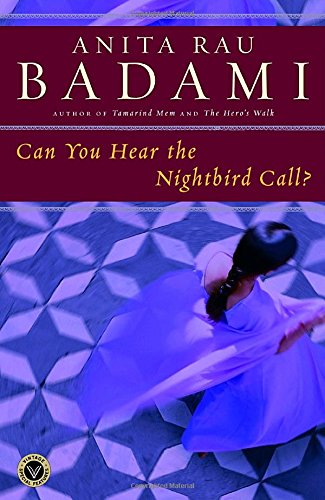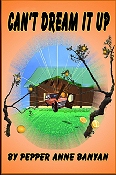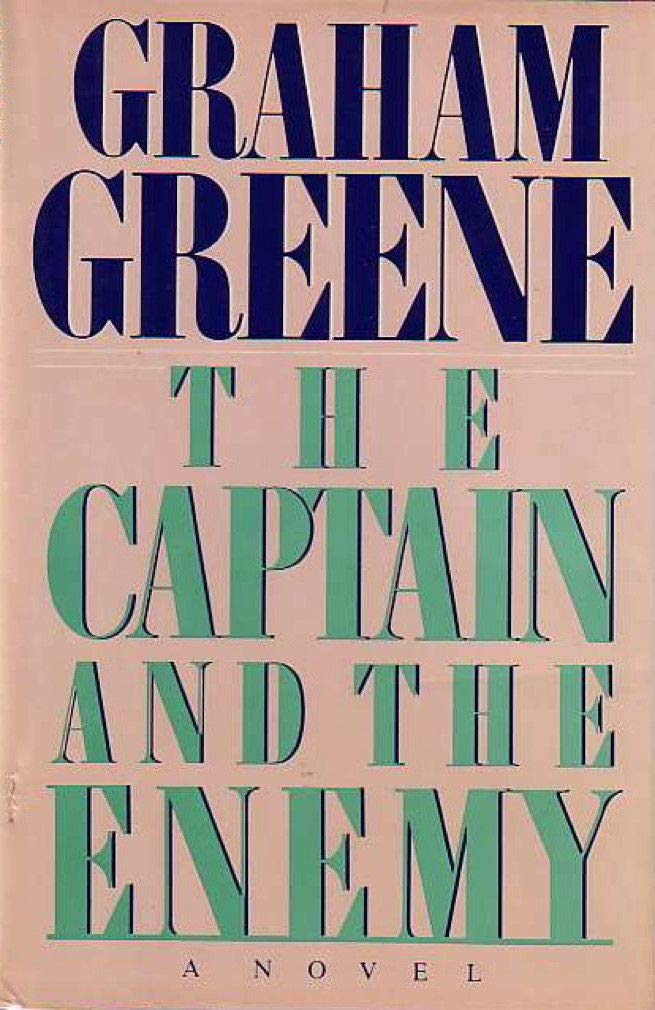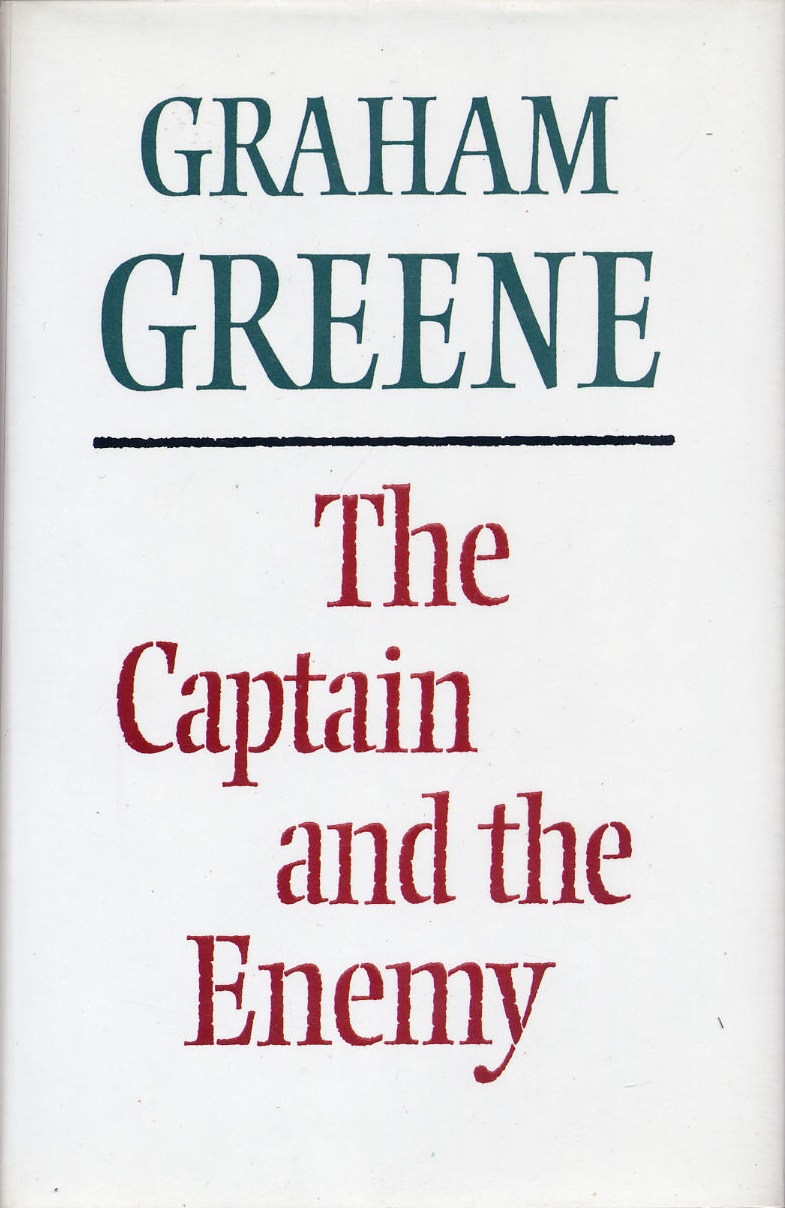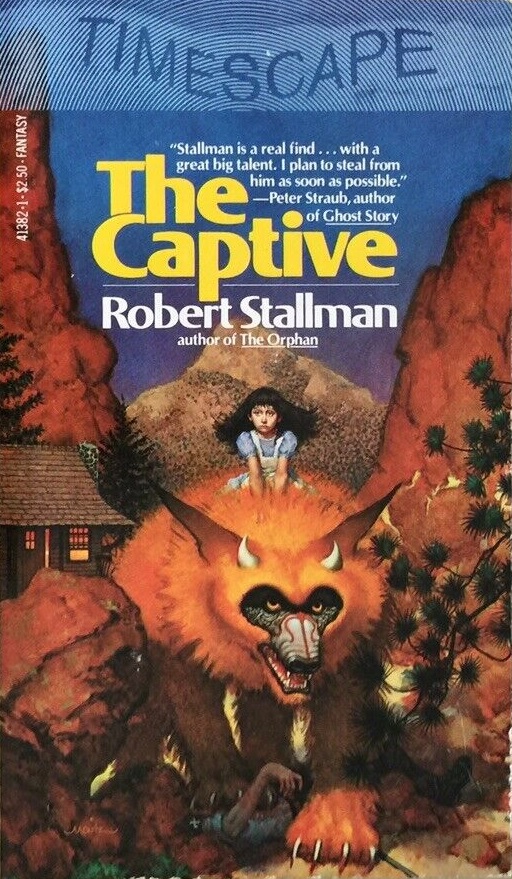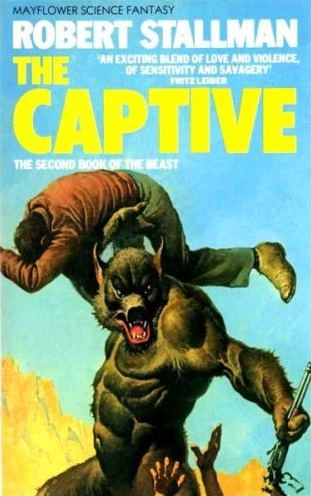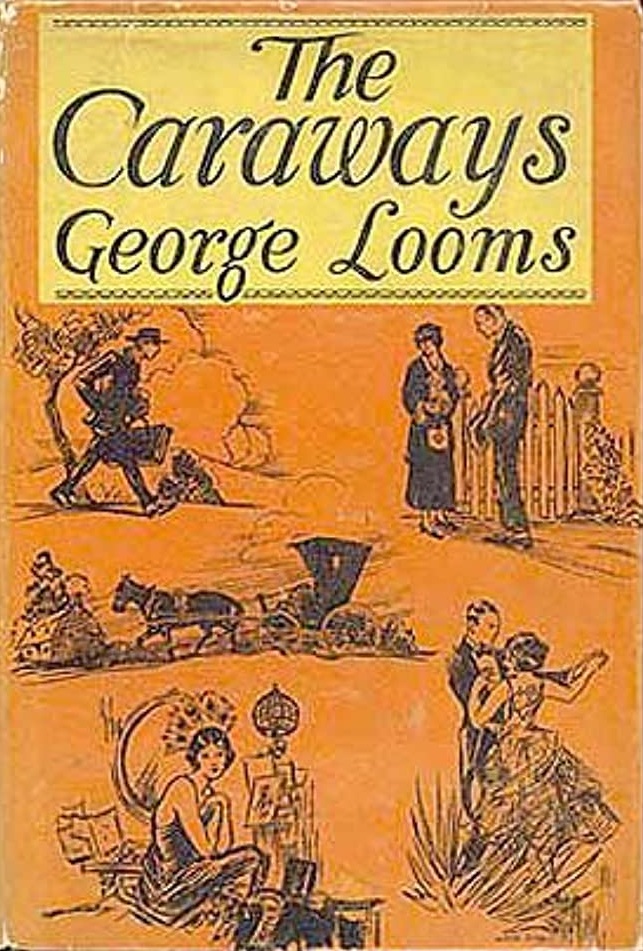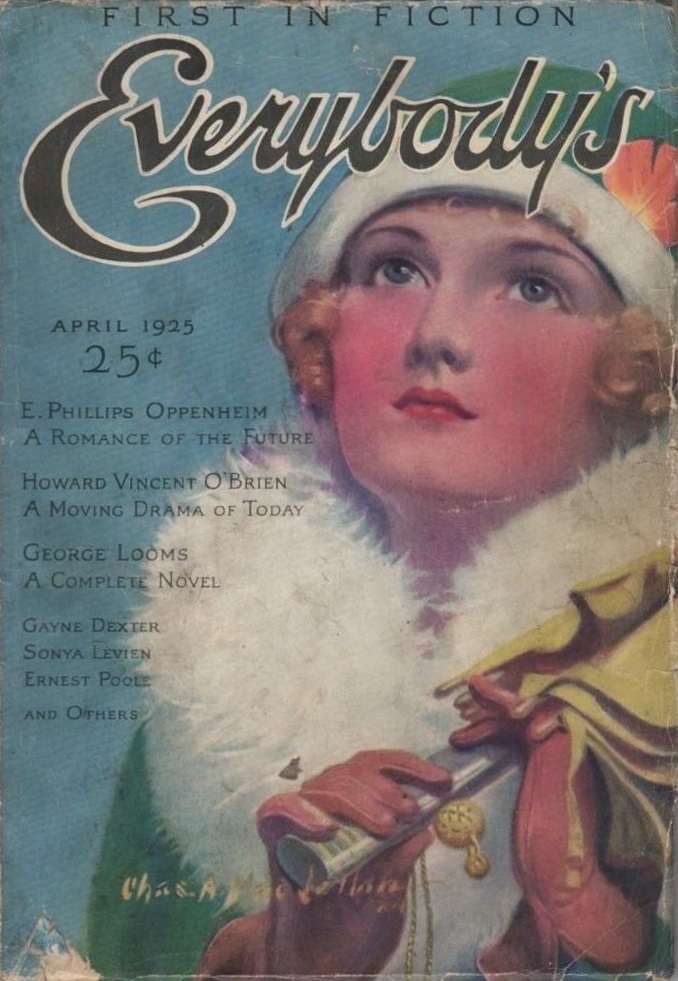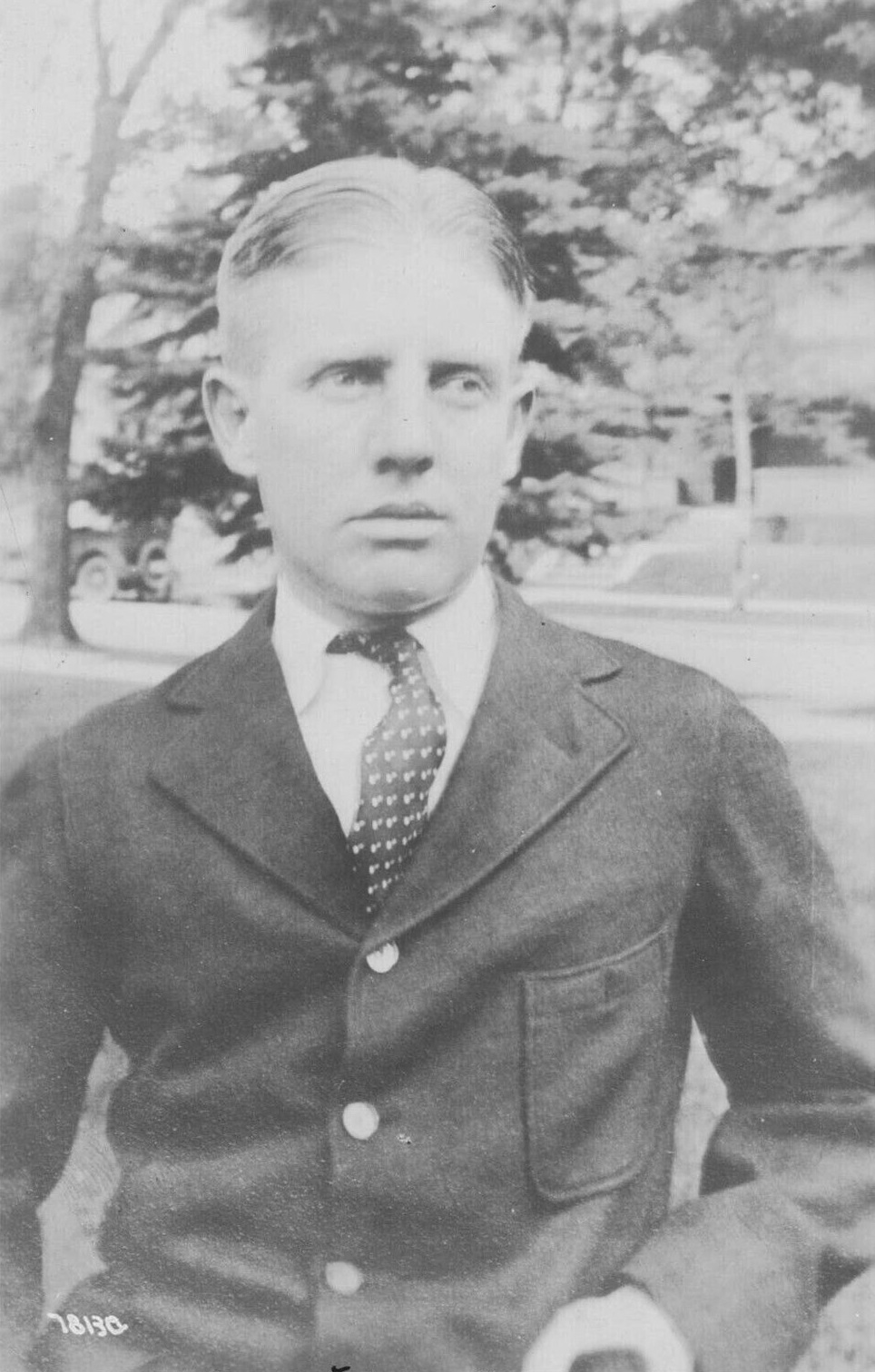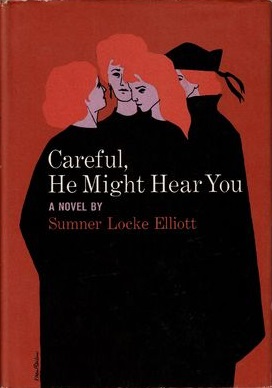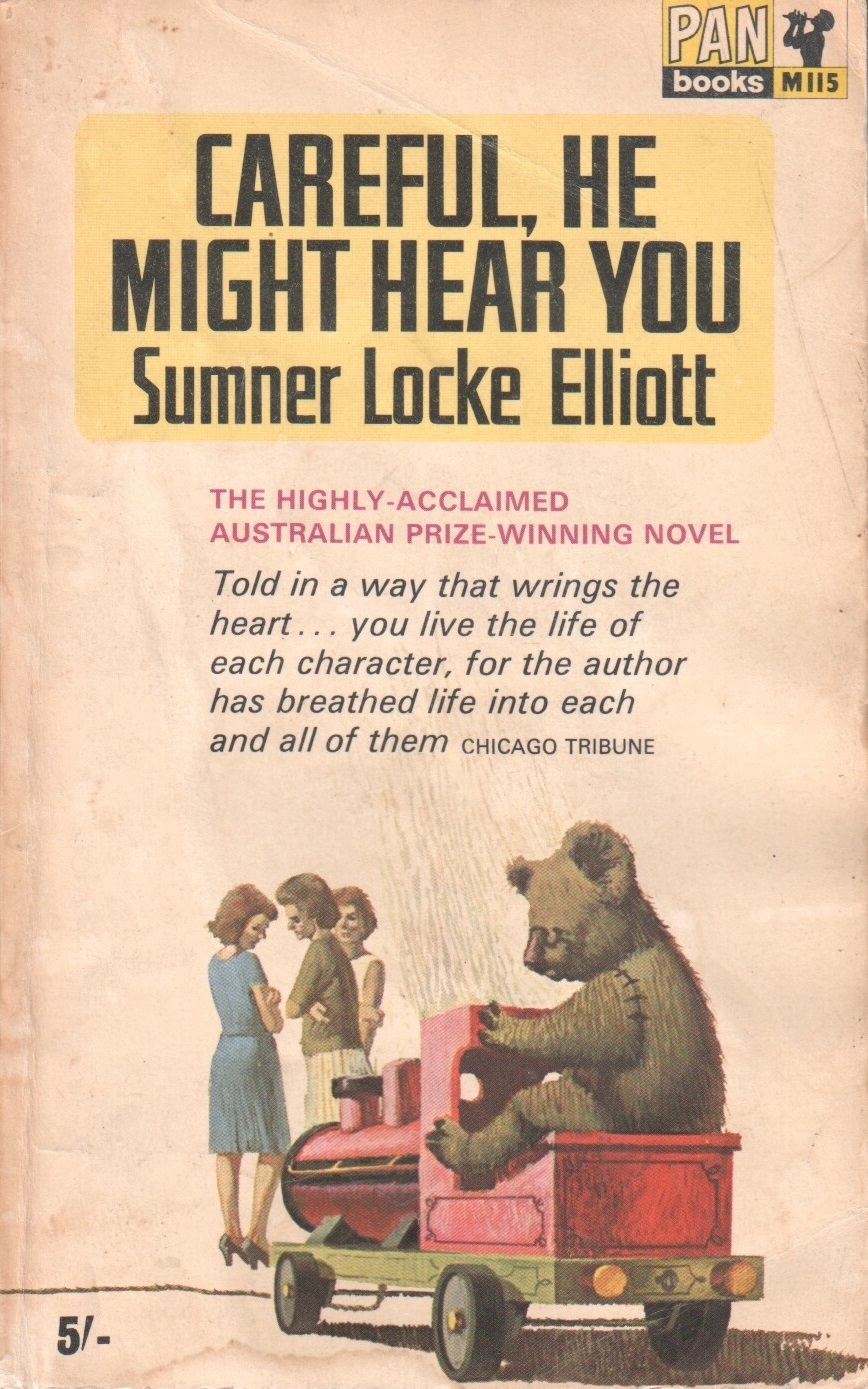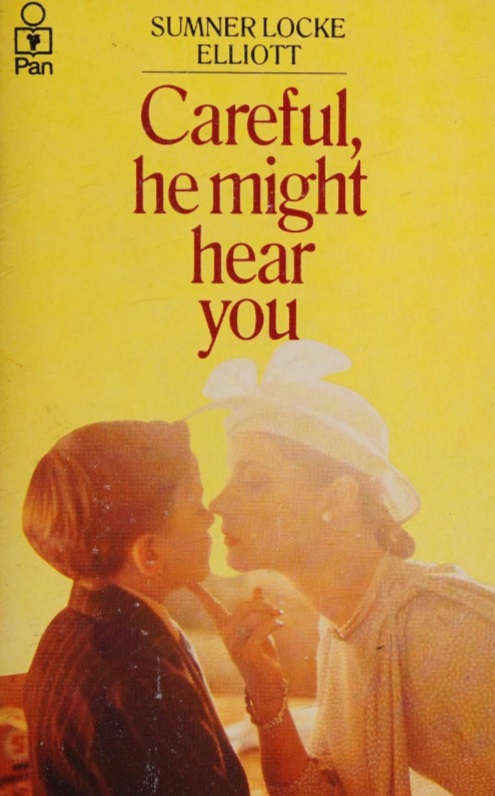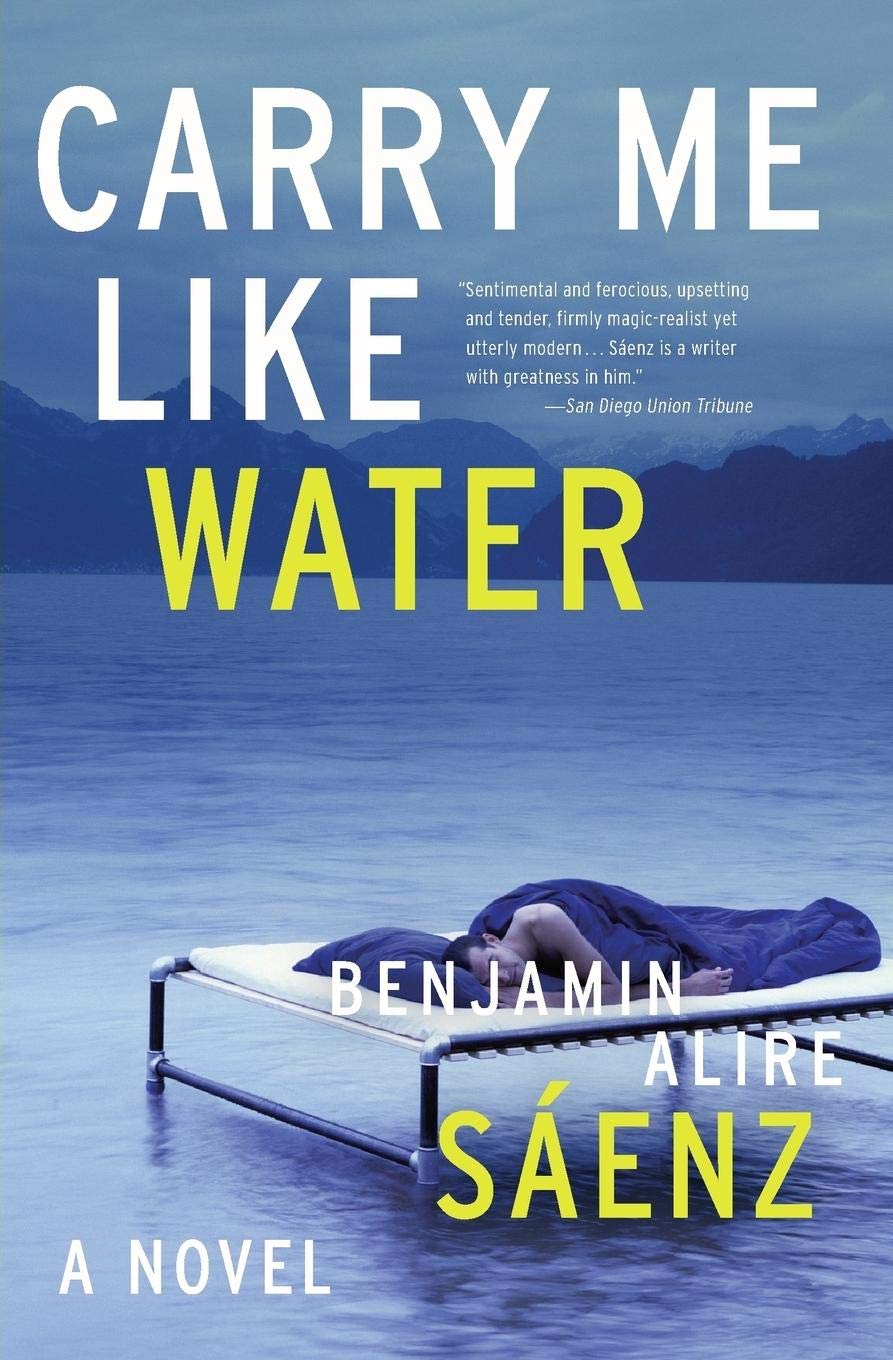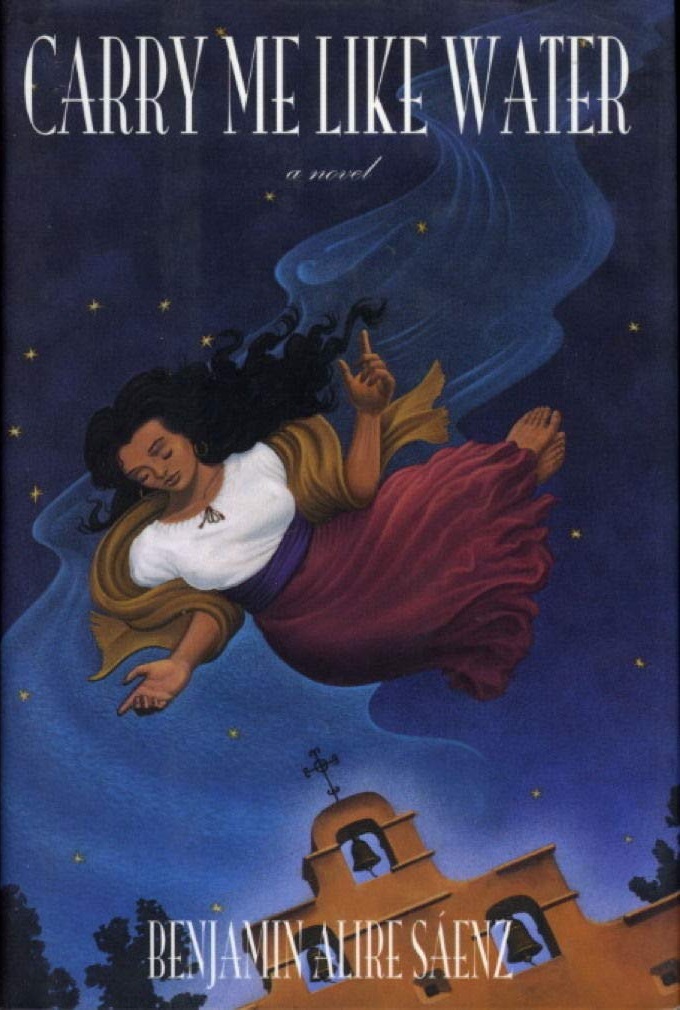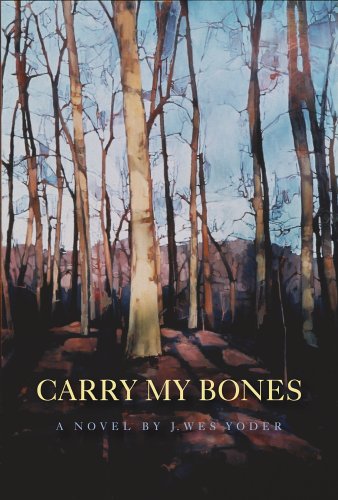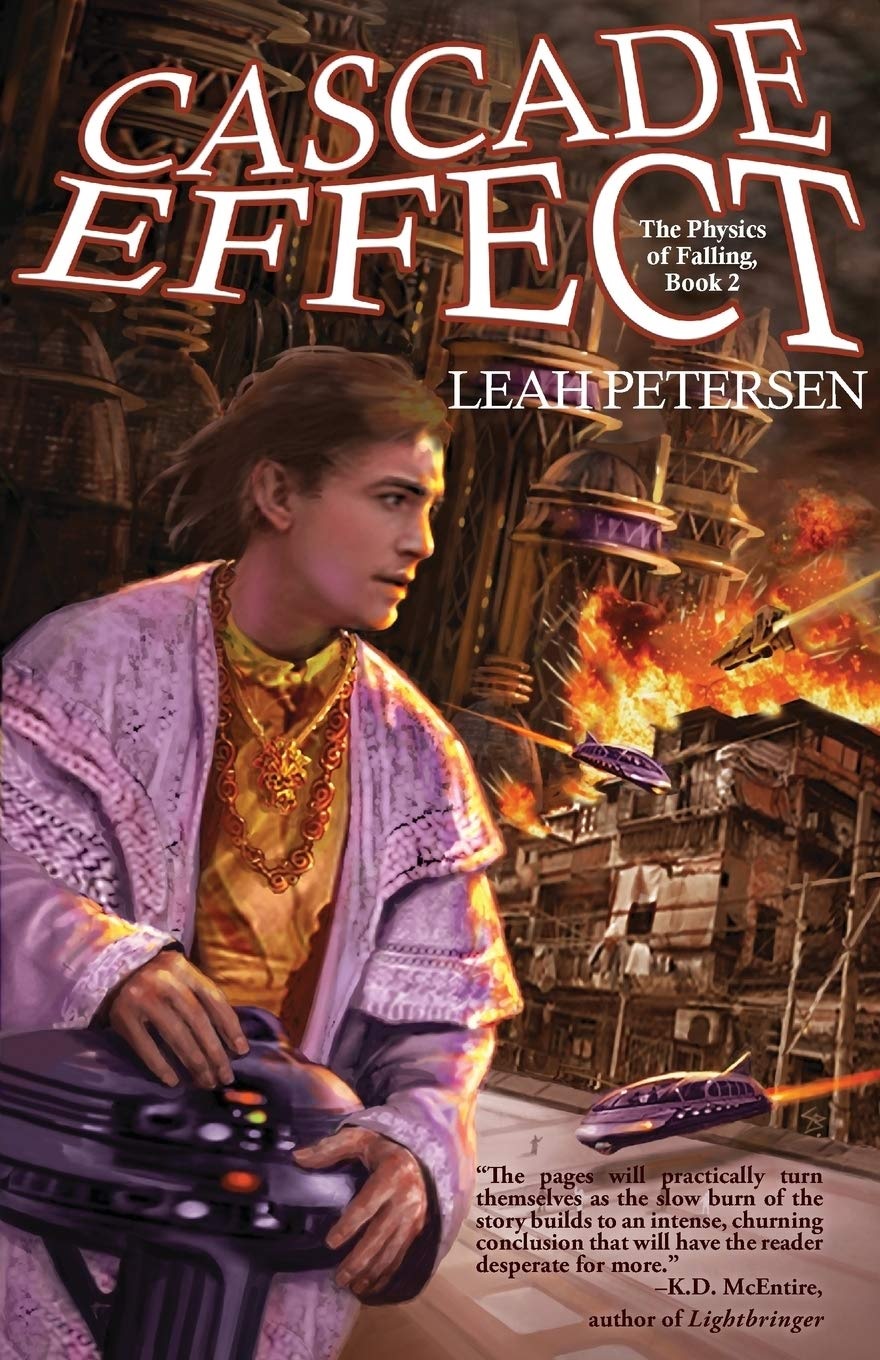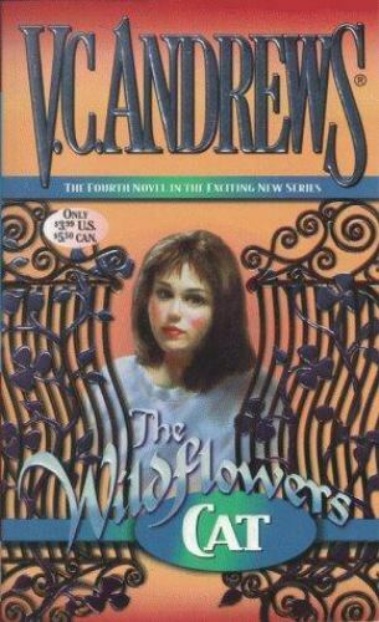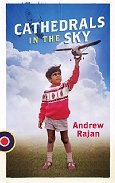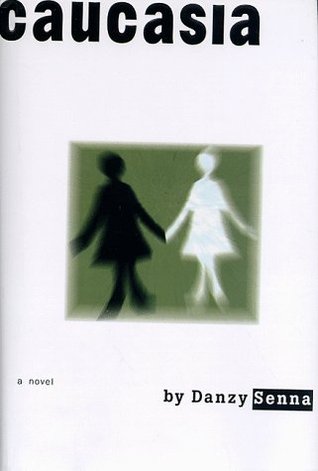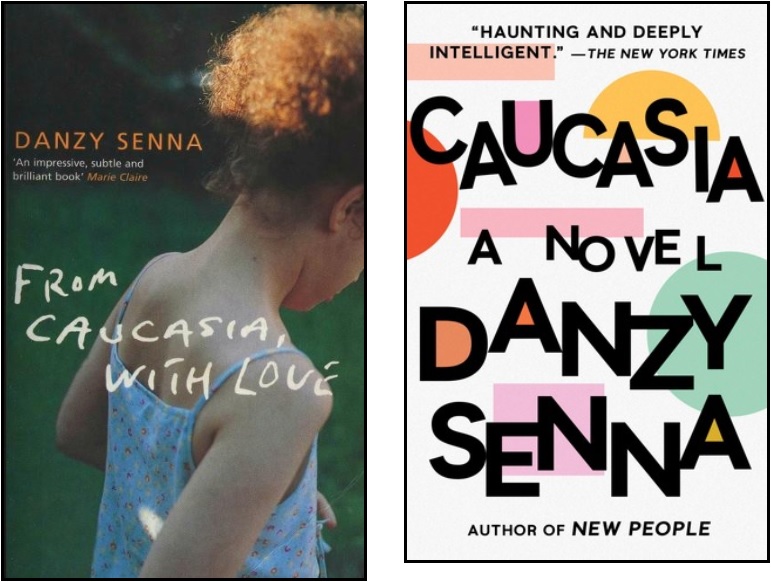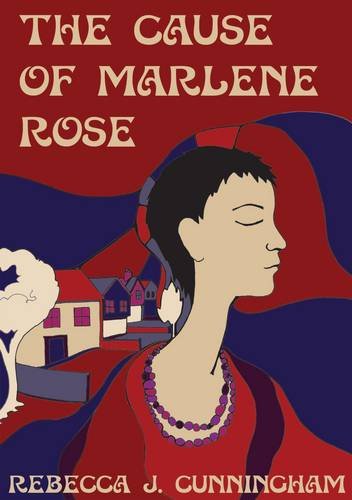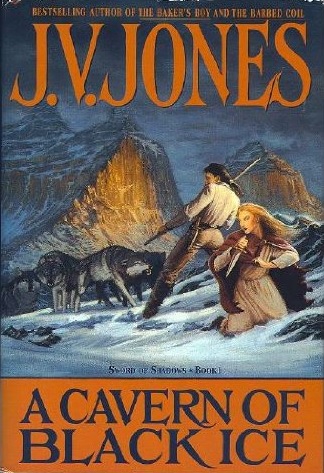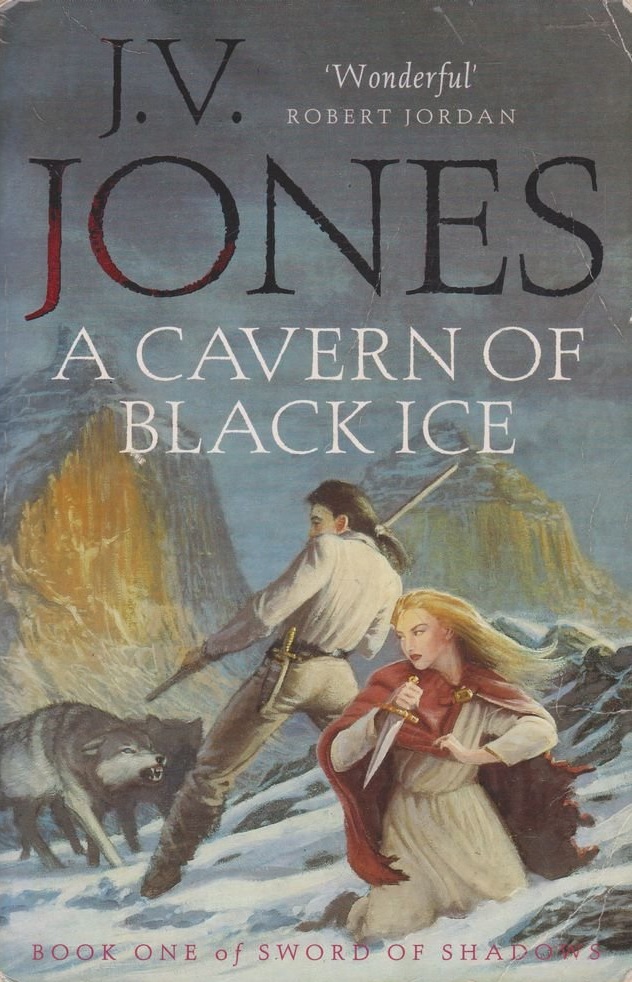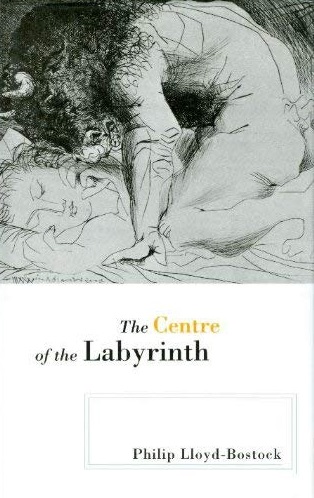From the Dust Jacket:
“The Bear-god warriors came like a tsunami from the sea, their poorly made and misshapen outriggers sunk so deeply in the water that the Boat People only stood on the shore staring, sure that a wave would swamp the dugouts before the warriors could beach them. Bur the sea gods were asleep....”
So begins the story of the little girl called Daughter as she and the grandfather, Water Gourd, flee their village and promised death at the hands of the Bear-god warriors. At the end of a perilous and daring journey across the North Pacific, they are guided by sea otters to the islands of the Whale Hunters.
Daughter and Water Gourd believe they have found safety, but they are soon ensnared in the plots and schemes of the medicine woman, K’os. She seeks revenge against her son, the warrior-statesman Chakliux, whom she blames for her status as slave-wife among the Whale Hunters.
Unaware of K’os’s plans, Chakliux, with the wisdom and help of his wife, Aqamdax, and brother, Sok, has brought the River People into prosperous times. Their lives revolve around caribou hunting in the spring and fall, fishing in the summer, and storytelling during the winter. But years of peace are shattered by K’os’s planned vengeance, and it is a forbidden love that makes the vengeance possible. Against the wishes of his people, Aqamdax’s brother Ghaden takes the girl Daughter as his wife, giving K’os the opportunity to use the secrets of her poisons and plant medicines to devastate the lives those she hates.
The conclusion of K’os’s story of hatred and revenge is told in a traditional manner, authentic to Native American storytelling that is a unique and stunning departure from modern literature that will both surprise and satisfy the reader.
Call Down the Stars is a series of stories within a story. Daughter’s tale is presented as a duel between two storytellers, the quick-witted female Qumalix and the silver-tongued man Yikaas. As they vie with each other to enchant their tribe with astonishing legends that recall the origins of their people, Qumalix and Yikaas grow in wisdom and, more important, learn that love transcends the boundaries of time and enmity.
About the Author:
Sue Harrison
is the author of five previous novels: Mother Earth Father Sky, My Sister the Moon, Brother Wind, Song of the River, and Cry of the Wind. Prior to the publication of her first novel, she taught creative writing at Lake Superior State University. She and her husband, Neil, live in Michigan’s Upper Peninsula. They have two children.
